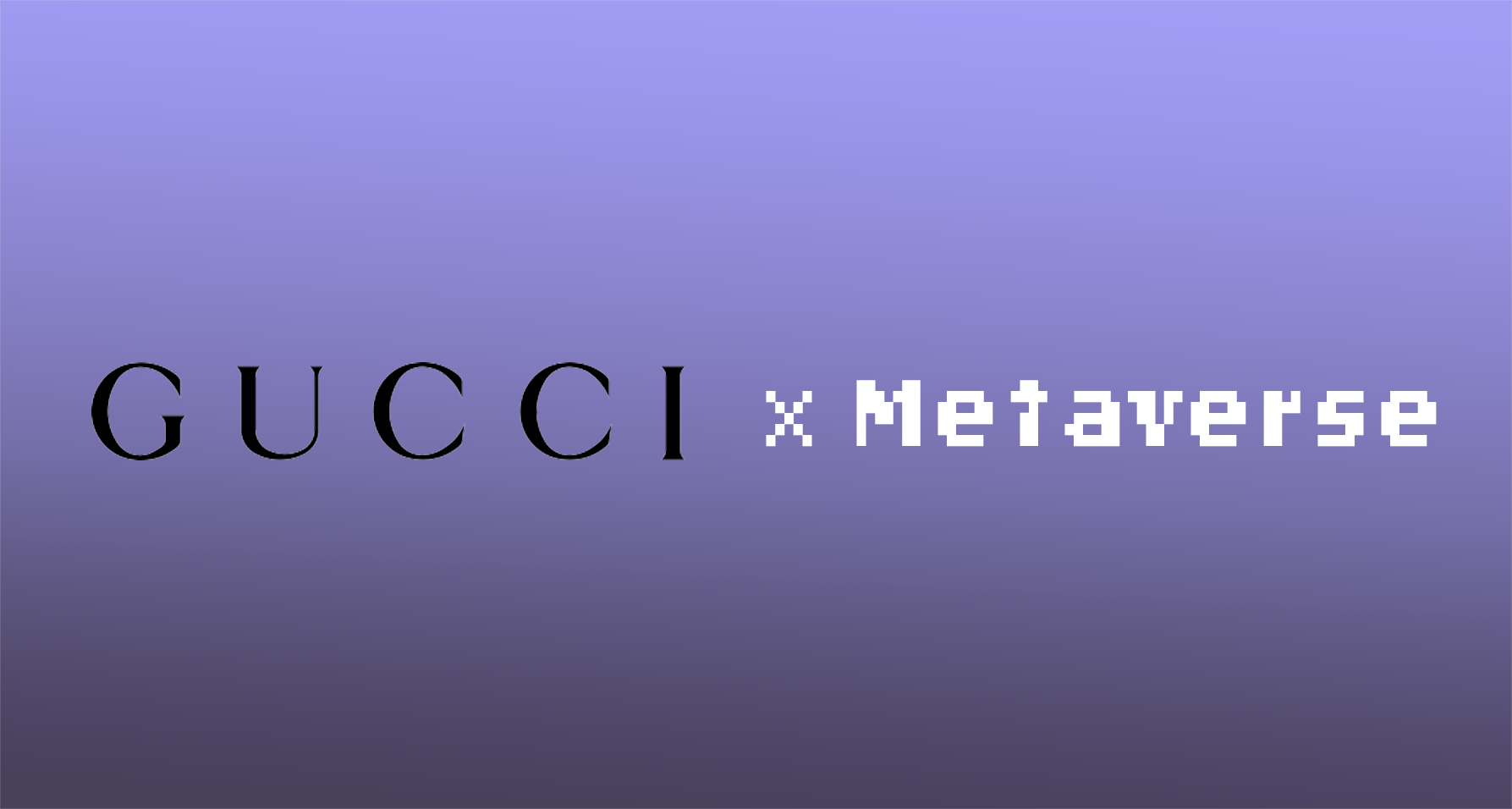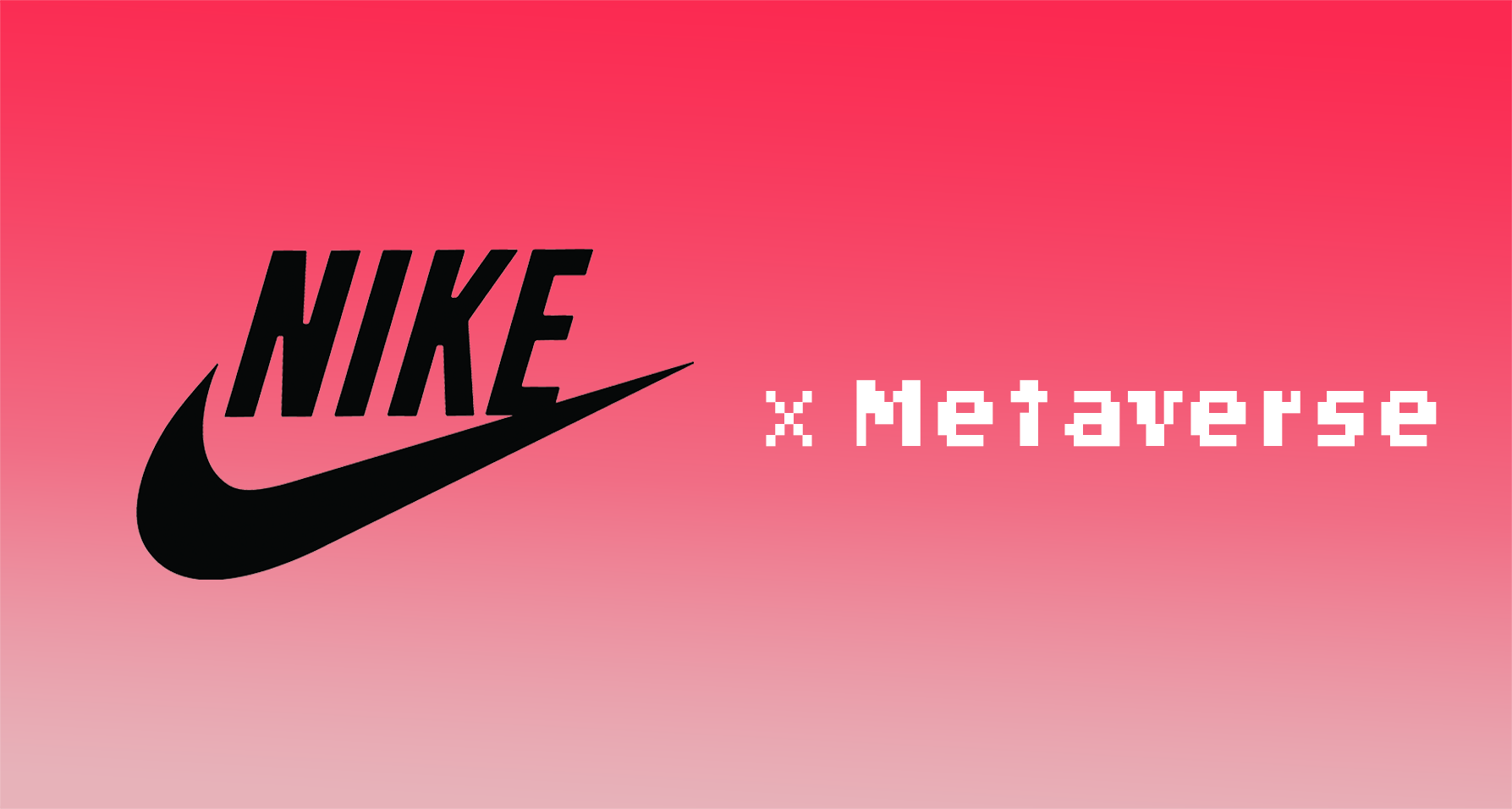Welcome to the Web3.0! If you are here, you are probably wondering what this new web revolution is all about. Well, buckle up, because we’re about to take a wild ride through the future of the internet. The Web3.0 is an exciting development that promises to revolutionize how we interact with the online world. We’ll explore its potential impact, from how it could change our day-to-day activities to how it might shape our global economy.
Introduction to Web3.0
Web3.0 is an important development for the future of the internet, defined as a transitional generation between the web as it exists today and the web of the future. It embodies current developments in technology, suggesting a decentralized evolution and emphasizing privacy over anything else.
Web3.0 strives to make all data open and accessible, enabling users to determine how their data will be stored, shared and secured. Web3.0 allows users to control their own digital identities, allowing them to selectively release or manage personal data. Web3.0 is also open source and community based, leveraging user-generated content and worldwide collaborations.
Web3.0 builds on prior technologies such as decentralized (blockchain) applications that provide secure infrastructure for peer-to-peer transactions and smart contracts with long-term immutability assurance through cryptographic sealing of data. In addition to shifting authority away from big corporations and government institutions, Web3 allows developers to create borderless digital markets or organizations by securely connecting peers all over the world without consolidating too much power with any one party or node in the network alone. It also encourages individual choice about how personal information is used Ð including whether it should remain anonymous or not – rather than relying on predefined protocol silos from centralized locations like large tech companies or governments.
In summary, Web3s purpose is twofold:
(1) to let people own their own data so that no single entity can control it;
(2) To create borderless digital markets without leaving too much power consolidated with any one node in its network alone – thus allowing peer-to-peer transactions more securely using blockchain technology associated with smart contracts which have cryptographically sealed long term immutability assurance built into them
What is Web3.0?
Web3.0 is a term used to refer to the third iteration of the general design and interface of websites. Just like Web1.0 and Web2.0 came before it, Web3.0 brings with it new trends and technologies that stand out from its predecessors in terms of user-experience, aesthetics, and efficiency. ItÕs an evolution that allows for a more sophisticated approach to website development, compared to previous versions.
When designers reference “Web 3.0” technology, they are typically talking about the advancements found within two core design and development components: User Experience (UX) Design, which focuses on making websites more intuitive for users; and Responsive Design, which makes websitepages more user-friendly on various mobile devices with different screen sizes. With these two elements in mind, web developers are able to create attractive webpages that are easier for visitors to navigate due to simple menus that work across all devices; optimized functionality powered by automatically generated data; and seamless content delivery through high-speed loading pages.
Benefits of Web3.0
Web3.0 is an innovative World Wide Web platform designed to provide users with a faster, more secure browsing experience. This latest release of the web has made significant changes that make web pages load faster, make them more stable in handling heavy traffic, and provide a better overall user interface. Additionally, it offers users a number of improved features such as advanced HTML formatting and processing options for media-rich sites, a myriad of new network protocols and enhanced security features.
The major benefits of Web3.0 include:
– Faster loading times: Web3.0 increases the speed at which webpages are generated by browser requests by reducing the amount of code required to render them. This reduces loading time as less computational power is needed to generate the page.
– Enhanced security: Web3.0 applies enhanced security measures such as HTTPS encryption and domain name system protection.It also includes several tools to protect user information from malicious attackers, including website scanning tools and data protection mechanisms.
– Advanced network protocols: Web3.0 supports an array of new protocols that allow websites to communicate with servers more efficiently without having to rely on traditional HTTP methods or specialized third party software. This increases both the efficiency and reliability of communication between clients and servers.
– Improved user experience: With its improved formatting options for videos and images, richer content-integration capabilities and higher quality standards for code development, Websites built with Web3.0 offer visitors an optimized browsing experience with faster response times when fetching data from remote servers.
Challenges of Web3.0
Web3.0 is the latest version of the World Wide Web. It focuses on improving the existing technology in order to deliver a better user experience and improve efficiency. Web3.0 is characterized by improvements in several areas, including machine learning, security, performance, scalability and mobile experience.
The concept of a “Web 3.0” consists of several challenges revolving around the various aspects of web development. As technology continues to advance at a rapid pace there are new opportunities and challenges that emerge in order to ensure an optimal user experience.
The primary challenge with Web3.0 is that it introduces new technologies which makes it difficult for developers to keep up with changes in best practices and standards. Additionally, as more machines rely on automation and insight from data, many companies are looking for ways to utilize machine learning solutions as part of their online presence. This requires developers to understand how algorithms work and determine which data models are best suited for their needs.
Another challenge includes integrating existing web applications into new framework models such as microservices architecture or GraphQL APIs in order to improve performance, scalability and maintainability for the end users. Security has also become more important due to ever changing threats such as DDoS attacks or malware breaches, forcing experts to look at mitigating these risks while still providing a secure website or application solution. Finally mobile experience has been revolutionized due to faster connection speeds and larger screen sizes which present great opportunities but require developers who understand how different devices provide different input points or allow access certain features within an app or website.
Applications of Web3.0
The Web3.0 is an exciting new iteration of the World Wide Web which offers the potential for greatly enhanced user experience and capabilities. This enhanced version of the internet is defined by the use of decentralization, cryptography, peer-to-peer networks, artificial intelligence (AI) and machine learning technologies, as well as other emerging technologies. With these tools, users are provided with more interactive experiences and access to a variety of applications that have never before been possible.
Web3.0 applications have already begun to revolutionize many industries, including finance and banking, healthcare, retail and ecommerce, gaming and entertainment industries. Examples of what are achievable with Web3.0 applications include distributed ledgers for creating new blockchain based solutions; decentralized online markets; improved gaming experiences; secure digital identity; secure data transmission; smart contracts for agreements between parties without intermediaries or central authorities; individualized virtual stores for selling products without relying on third parties or payment gateways; enhanced security protocols for protecting confidential data; AI-based predictive analytics to improve services or websites performance; distributed computing for faster processing power etc.
Some other examples of how Web3.0 can be used include peer-to-peer trading of cryptocurrencies and digital assets like stocks via decentralized exchanges (DEXs), creating privacy preserving applications that protect user’s data from being exploited or abused by anyone else besides themselves, providing governance solutions so people can directly influence decisions that impact their lives on a daily basis. Ultimately Web3 will drastically transform how we interact with technology whether itÕs personally or our interactions with public institutions such as governmental organizations
Web3 will ultimately give us better transparency into our data while giving us unparalleled control over it. It has enormous potential that still awaits full realization but what is clear is its presence will become even more involved in our daily lives in innovative ways that many donÕt even considered right now possible!
Web3.0 Protocols
Web3.0 is an umbrella term covering the various protocols that make up the decentralized web. It primarily consists of protocols and applications designed to enable data sharing, verification, authentication, and secure communication over an open network such as the Internet or other distributed networks such as peer-to-peer networks. The key components of Web3 include blockchain technology, decentralized storage solutions, public/private key cryptography for authentication, smart contracts on blockchain networks, trustless exchanges, and more.
The core concept of Web3 is to create a global digital information system that no single entity can control Ð giving individuals more autonomy over their data and interactions in a fully decentralized manner. This would allow individuals to be in control of their products and services while making sure that they have full authority over their identity and personal data. By leveraging cryptography principles based on public/private keys we can ensure that only users have access to their own files and information while ensuring privacy concerns are addressed.
Web3 also leverages distributed ledger technology (DLT) such as blockchain to build trustless systems without the need for a central authority. These decentralized systems rely on algorithms which provide immutability when it comes to transaction records stored on these ledgers. This allows developers to build solutions with higher degrees of security with little or no risk from malicious attacks from outside sources resulting in improved data integrity across applications without relying on third parties for validation purposes.
Web3.0 Security
Web3.0 is the latest version of the web protocol that enables secure communication between web browsers and web servers. With Web3.0, websites can take advantage of stronger authentication measures, providing users with greater protection from malicious attacks.
Web3.0 offers improved authentication by offering strong cryptographic functions with increased algorithm strength and hash sizes. This provides a more secure layer of protection from attackers trying to breach web applications and gain unauthorized access to sensitive data. In addition to improved authentication, Web3.0 also includes better encryption algorithms, making it difficult for an attacker to intercept or modify data as it travels between the browser and server.
Furthermore, Web3.0 also delivers better access control methods such as content security policies that restrict cross-site scripting (XSS) attacks or other malicious content. It also has measures that guard against potential hijacking by validating individual page requests to ensure they are originating from their intended source such as an authenticated user. By doing so, Web3.0 ensures that no unauthorized request can be sent without first going through valid channels authenticated by the server.
With Web3.0, websites can provide users with a more secure connection giving them greater peace of mind when transmitting personal data online or providing payment information in online transactions.
Conclusion
In conclusion, Web3.0 is an innovative technology that is transforming the way businesses access, share and collaborate data. Through its combination of automation, advanced analytics and real-time insights, Web3.0 helps organizations become more efficient and productive. As the world continues to evolve with more complex technologies and software solutions, Web3.0 can become a powerful ally in helping companies maximize their resources and remain competitive in an ever-changing market.





